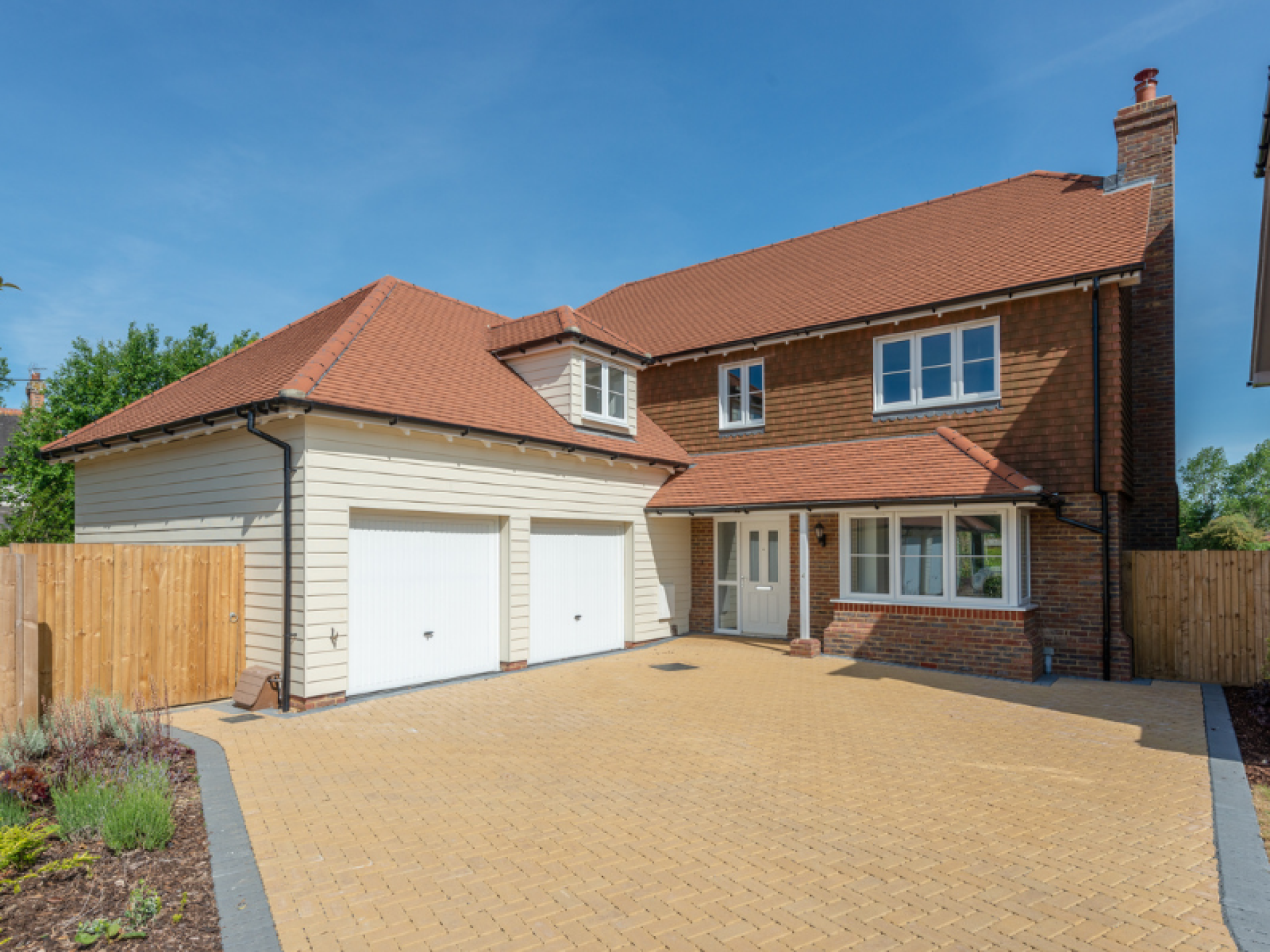3 minute read
Much has been written about the standard methodology for calculating housing need. This includes not only the helpful dissection of pure numbers but also shows the geographical spread of where this housing need is expected to be delivered. Sigma Strategic Land (SSL) examines the standard method from its perspective as an SME developer based in the South East of England.
The standard methodology should look to be incorporated by Councils in their Local Plan preparations and even factored into their annual housing position statements. This is of course unless there are ‘exceptional circumstances’ to do otherwise. It will be interesting to learn how many Local Authorities might claim this exception given that most have a constraint or two?
It is worth reminding ourselves that the standard method derives a minimum annual local housing need figure. It is also a policy ‘off’ position. Consequently, it should form a baseline figure upon which a Local Authority seeks to deliver its housing.
How it is calculated
The standard method is calculated by first establishing a baseline using national household growth projections followed by adjustments for the affordability in an area. A cap is then applied which limits the increases any individual local authority can face. Finally, a 35% uplift is applied for those urban local authorities in the top 20 cities and urban centres list which are:-
London, Birmingham, Liverpool, Bristol, Manchester, Sheffield, Leeds, Leicester, Coventry, Bradford, Nottingham, Kingston upon Hull, Newcastle upon Tyne, Stoke-on-Trent, Southampton, Plymouth, Derby, Reading, Wolverhampton, and Brighton and Hove.
It is worth reminding ourselves of the stage on which the housing requirement has been set. It must have regard to:-
- the size of existing urban settlements (to target development at areas best able to absorb it);
- the relative affordability of places (to direct a greater share towards the least affordable places)
- land constraints and practical limitations (such as designated areas of environmental and heritage value, the Green Belt and flood risk);
- opportunities to make better use of existing brownfield land for housing, including through greater densification;
- the need for land for other (non-residential) development and;
- an appropriate buffer to allow for the drop off rate between permissions and completions, as well as offering sufficient choice to the market.
Figures in the South-East
Whilst there appears to have been little change in standard method figures to those set out in 2017, there is still significant uplift on the current local plan requirements for many Local Authorities within the south-east. This very much signals something being out of step between current housing targets and often aged Local Plans. Consequently, regular Local Plan reviews are to be encouraged. Taking a small sample of Local Authorities for example:-
|
Local Authority |
Current Local Plan Requirement |
Standard Method (2017) |
Standard Method (2020) |
|
Arun DC |
1,000 |
1,368 |
1,368 |
|
Brighton and Hove |
660 |
924 |
1,247 |
|
Chichester |
435 |
753 |
753 |
|
Crawley |
340 |
476 |
476 |
|
Horsham |
800 |
920 |
920 |
|
Mid Sussex |
964 |
1,114 |
1,114 |
|
Wealden |
450 |
1,225 |
1,225 |
The above chart shows the significant uplift faced by Brighton and Hove as one of the Government’s ‘urban centres’. Other Authorities and most notably Wealden are clearly faced with a significant challenge. It does not necessarily require a ‘mutant’ algorithm as widely publicised in the news to achieve this step-change in setting housing targets, it is already happening.
Strategic Planning and Change
In a world that is in a state of flux with the Covid-19 pandemic, the planning ground is also shifting beneath our feet. The raft of proposed changes through the Planning for the Future White Paper and ‘Changes to the Planning System’ consultations in Summer 2020 are already starting to materialise. This could create a very different planning landscape within a relatively short period of time.
Whilst the White Paper was widely criticised as being thin on detail and predicted to be reined back in its ambitions, change is still underway. We have particularly seen this with design (the Building Better, Building Beautiful initiative) and through environmental emphasis. There is now an expectation for biodiversity net gain on many projects which is an approach to improve the natural environment following the construction of development. Careful thought and utilising the natural features of the land are the best approaches to securing this measure. The environmental focus is also manifesting itself across to changes in Building Regulations as well.
Whilst change is always welcome as it provides new opportunities, there is also a case to be made for the need for stability. The benefit of strategic land is that it can often withstand and accommodate the vagaries of the planning system with its longer promotional and delivery timescales. Strategic land creates a degree of stability on which we can formulate a strategy and successfully bring forward development. In this way, strategic land can be better placed to be resilient to change.
SSL is well placed to inform and manage the current planning changes and communicate effectively to landowners in this fast-changing world. Please contact us should you have any strategic land parcels of interest.
In the next blog, there is a discussion on Permission in Principle and Brownfield Registers so please stay tuned!
Back to News
